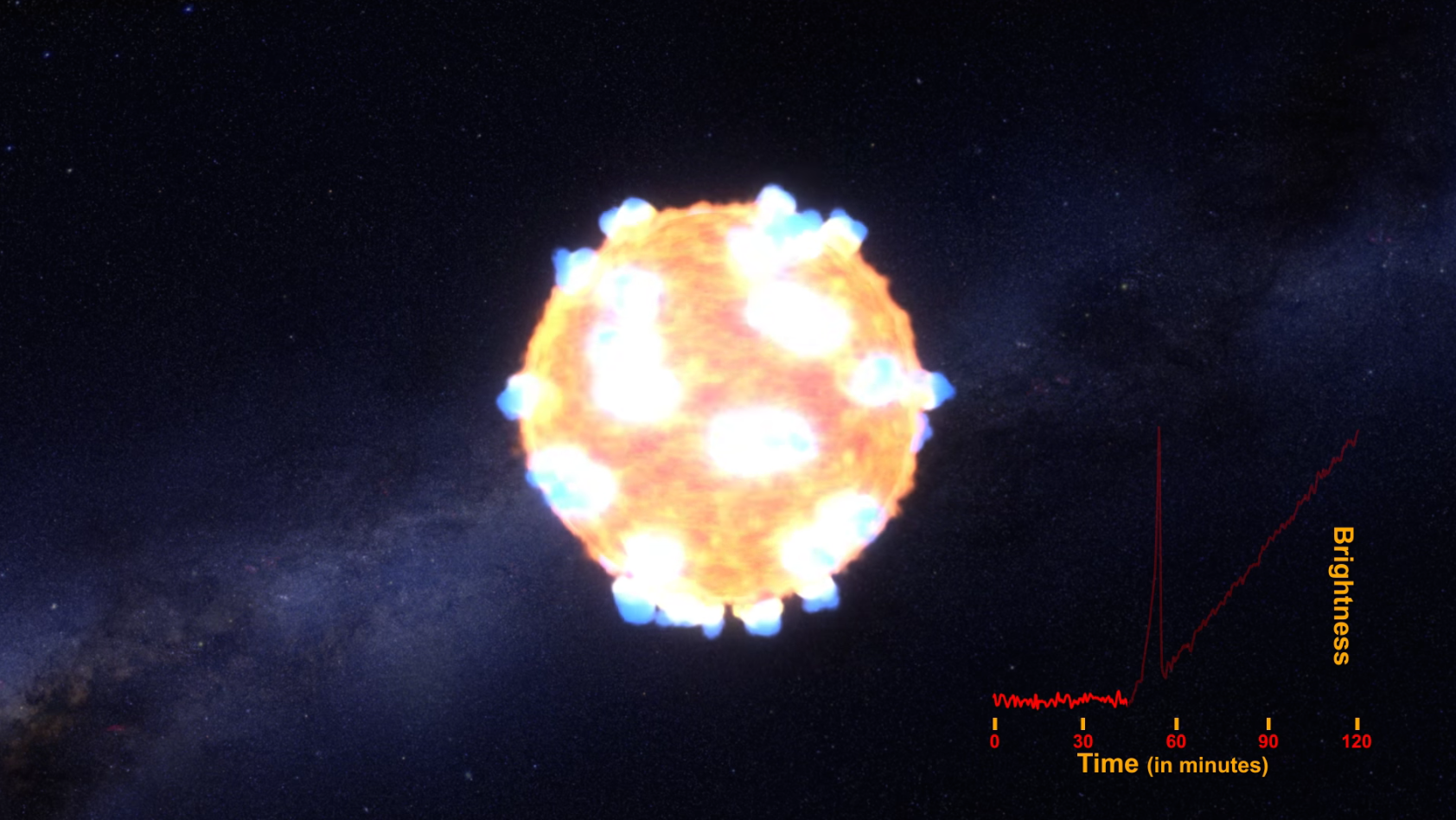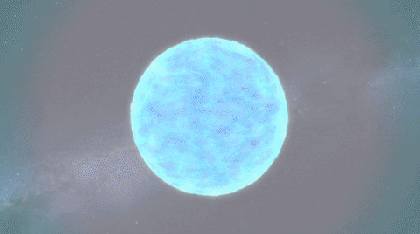This is what a star going supernova looks like
Kepler's keen lens spots the supernova

An international team of astronomers has observed for the first time the incomprehensibly bright light from a star going supernova.
Astrophysicists at the University of Notre Dame analyzed data from the Kepler space observatory sent out by Nasa in order to search for planets outside our solar system. The scientists combed through 30-minute increments over three years in hopes of finding indications of massive star explosions.
Finally, they discovered that in 2011 Kepler managed to record two different giant stars exploding. One was 300 times the size of our sun and the other about 500 times larger.
Kepler captured the incredibly bright 'shock breakout', or the visible light created from the shockwave of the supernova, of the larger star. The resulting breakout light was about 130,000,000 times brighter than our sun. This is the first time astronomers have observed a breakout.
"In order to see something that happens on timescales of minutes, like a shock breakout, you want to have a camera continuously monitoring the sky," said Professor Peter Garnavich, who led the team.
"You don't know when a supernova is going to go off, and Kepler's vigilance allowed us to be a witness as the explosion began."

The smaller star's breakout wasn't captured by Kepler, though the astronomers believe this was due to it being obscured by surrounding gas. Still, this observation is just as significant.
Get daily insight, inspiration and deals in your inbox
Sign up for breaking news, reviews, opinion, top tech deals, and more.
Watching for supernovae
Researchers are captivated by supernovae because many complex chemicals are created and spread when a star explodes, winding up across space and on other stars and planets.
All the silver, nickel and copper here on Earth comes from stars going supernova, said Steve Howell, project scientist for Nasa's Kepler mission.
"Life exists because of supernovae," he said.
Unfortunately, there are no recordings of the shockwave available, though Nasa made an animation video to show what Kepler captured.
NASA says the video shows a red supergiant star before its nuclear fusion core collapses. The collapse creates a shockwave from within the star, rushing upward from its center, which breaks through the visible surface. About 20 minutes later, it blasts the entire star apart in an enormous flash.













